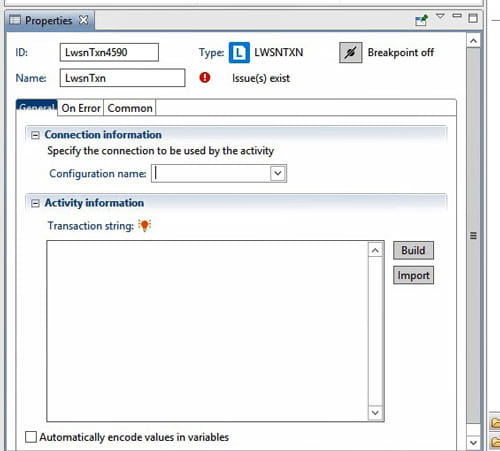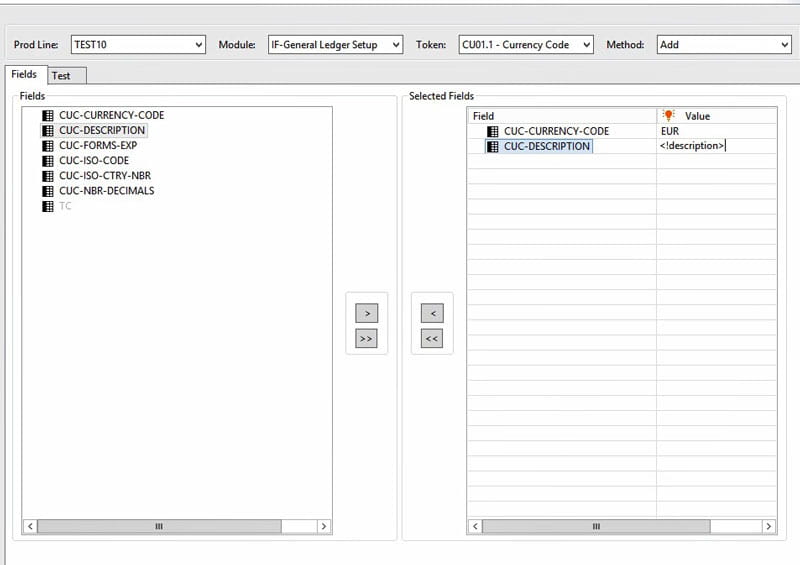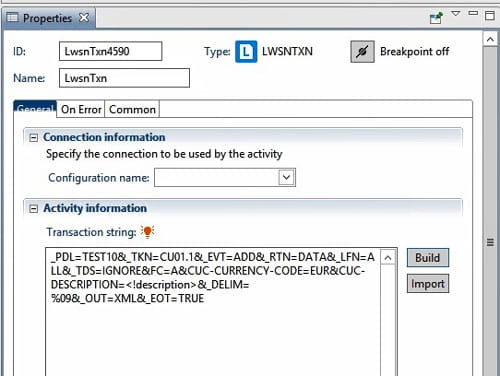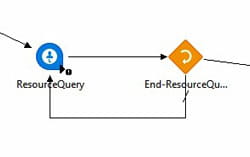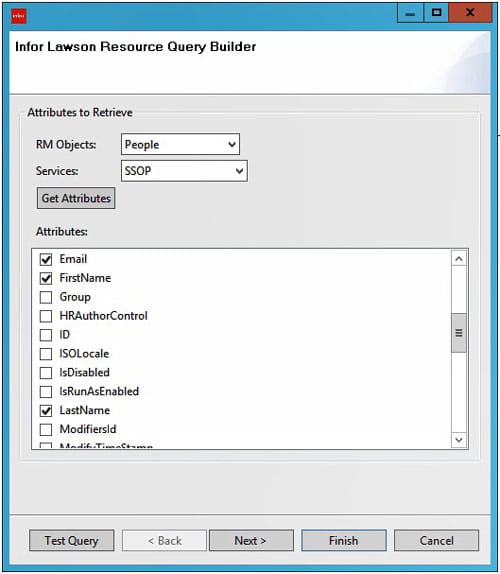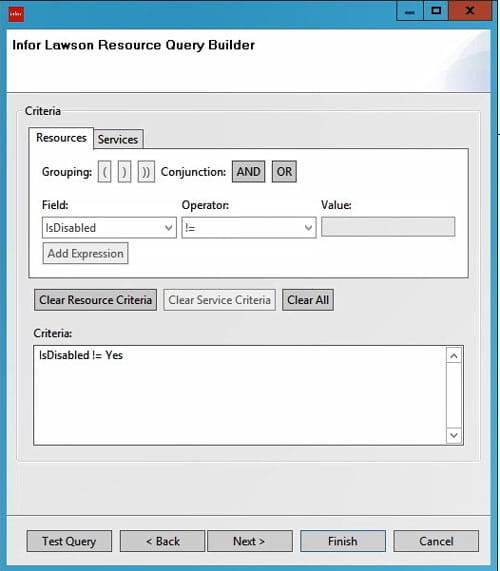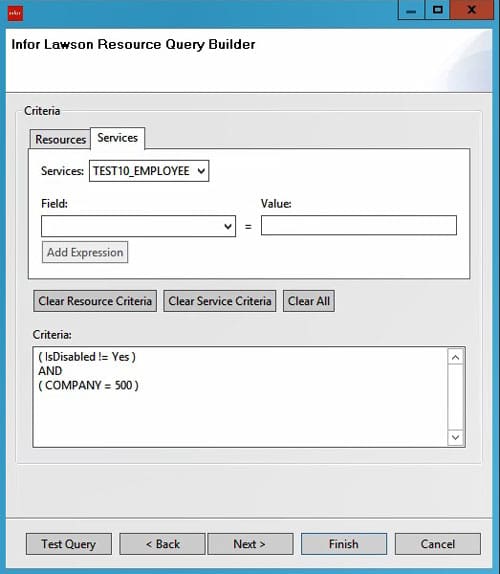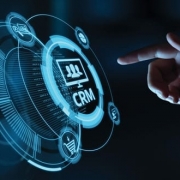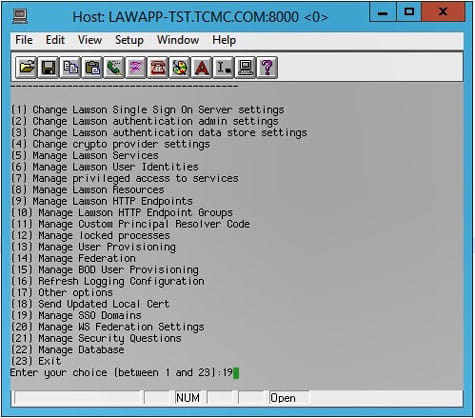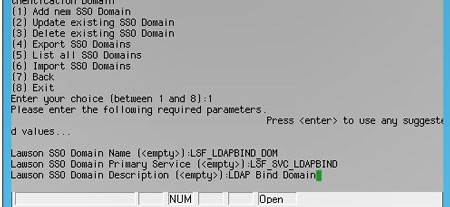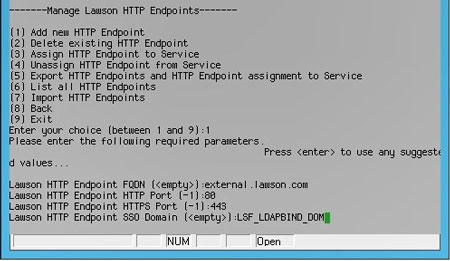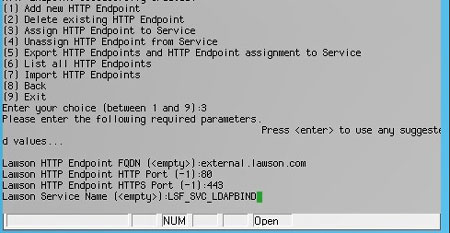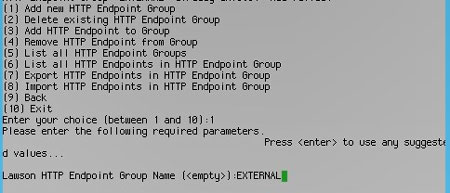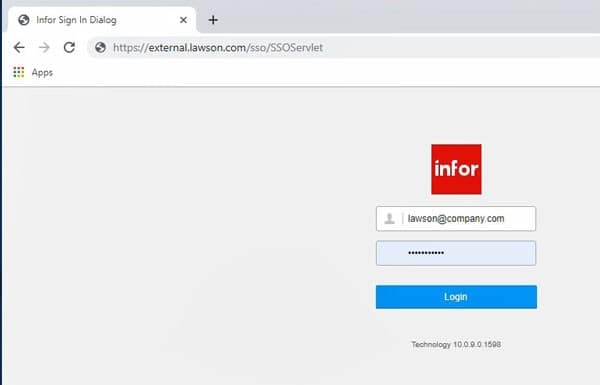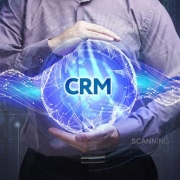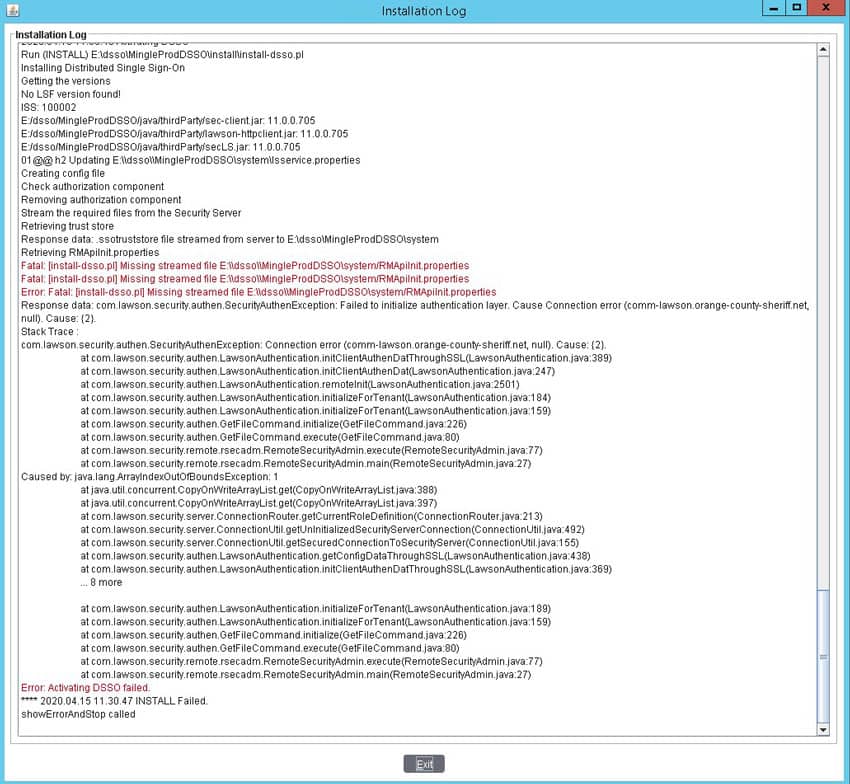Infor recently announced that Nahdi Medical Company, a Saudi Arabia-based pharmacy retail chain, has digitally transformed its financial management, payment systems, and financial planning with Infor Treasury Management. With the tech giant’s help, this solution allows vast improvements to Nahdi Medical’s financial management and planning capabilities, placing the company in a strong position to expand its operations in line with Saudi Arabia’s Vision 2030 ambition to increase the private sector participation in the provision of healthcare services. Nahdi Medical operates the Middle East and North Africa (MENA) region’s largest pharmacy retail chain, with a network of pharmacies in all cities and villages across Saudi Arabia, a clinic in Jeddah, and an expanding presence in the UAE. Per the press release, Mohamed Seddeak, head of treasury and corporate finance at Nahdi Medical, said, “By deploying Infor Treasury, we have completely transformed the way our finance department operates. We can now achieve far more with the same resources, while gaining a wealth of data and analysis to help us plan effectively as we expand our operation with medical clinics in Saudi Arabia and new pharmacies in our home market and across the GCC.”




